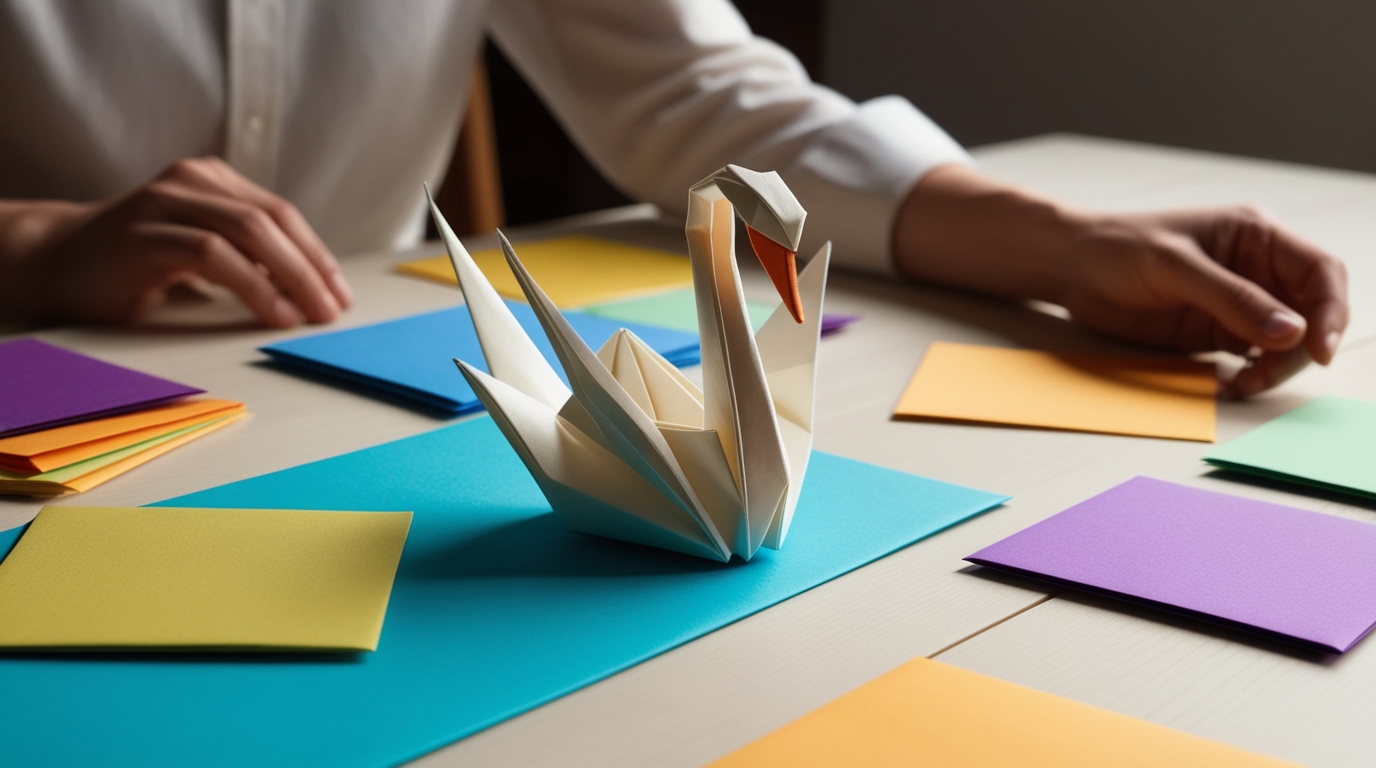
From Paper to Art: The Journey of Creating a Signature Origami Piece
Origami — the ancient Japanese art of paper folding — is more than just a hobby. It’s a form of meditation, creativity, and craftsmanship that transforms a simple sheet of paper into a stunning piece of art. At Tulsi Origami, every creation tells a story. Each fold, crease, and curve represents patience, precision, and passion. In this blog, we’ll take you through the inspiring journey of creating a signature origami piece — from a blank sheet of paper to a breathtaking sculpture that captures emotion and artistry.
1. The Inspiration: Where Ideas Take Shape
Every masterpiece begins with a spark of inspiration. Origami artists often draw ideas from nature, architecture, culture, or personal experiences. The shape of a swan gliding across a pond or the symmetry of a blooming flower might ignite a new design.
For us at Tulsi Origami, inspiration comes from simplicity — the ability to transform something as ordinary as paper into something extraordinary. This process starts with concept visualization, where an idea is sketched, visualized, and refined before the first fold even begins.
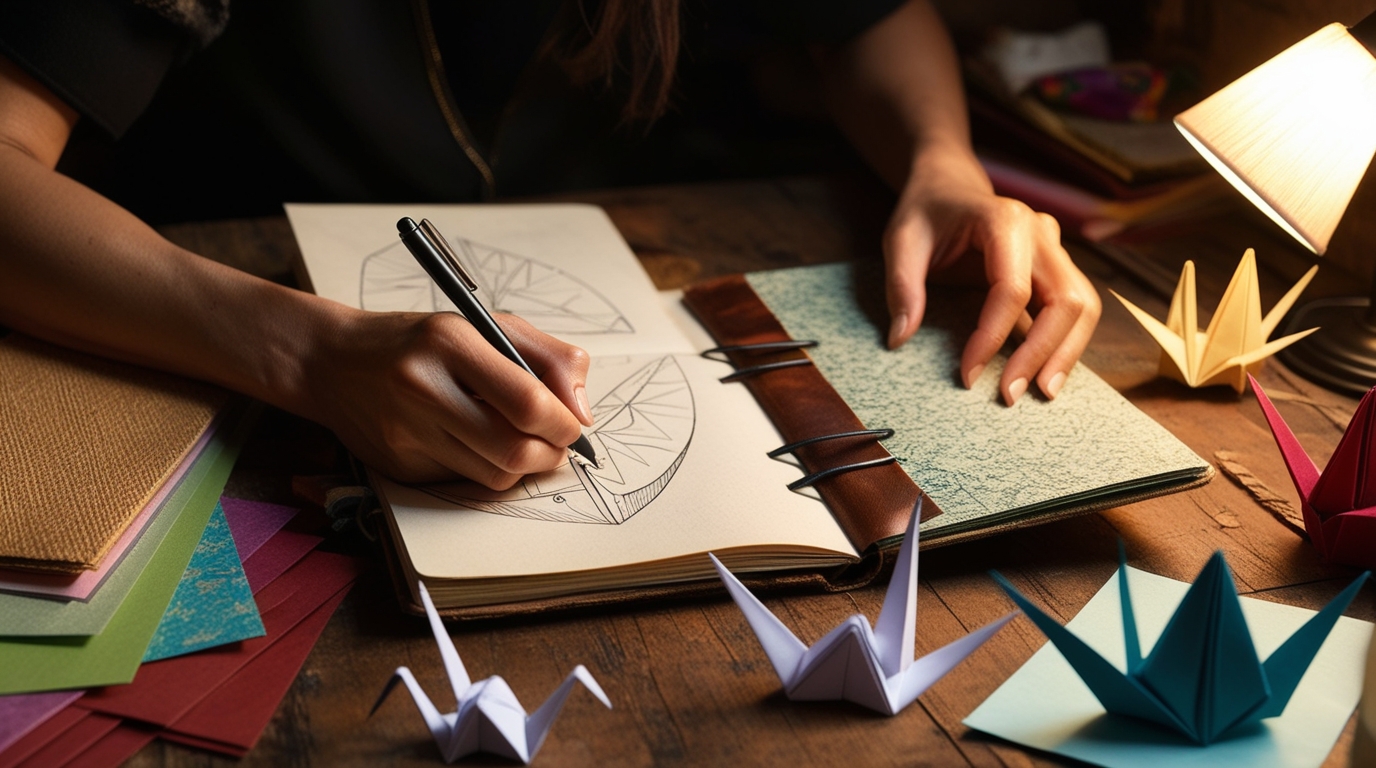
2. Choosing the Right Paper: The Foundation of Art
In origami, paper selection is crucial. The texture, thickness, and color of the paper can determine how a design takes form. A strong, thin paper allows multiple folds without tearing, while textured paper adds depth and character to the final piece.
At Tulsi Origami, we use premium origami paper that balances flexibility and durability. Whether it’s delicate metallic tones for swans or earthy shades for flowers, each paper is chosen with the final vision in mind. The process of selecting paper can take hours, as the artist matches the emotion of the design with the right material.

3. The First Fold: Transforming Vision into Motion
That first crease marks the beginning of creation. With careful hands and full concentration, the artist breathes life into the design. Each fold builds upon the last, gradually forming symmetry and structure.
Origami requires mathematical precision — every fold must be accurate to ensure balance and proportion. Some designs involve hundreds of folds, while others rely on a few strategic creases to express minimalistic beauty. It’s a slow, meditative process that teaches patience and mindfulness.
This is where true artistry emerges — the paper starts taking shape, and the idea begins to come alive.

4. Refining the Design: The Pursuit of Perfection
Once the initial structure is ready, the next step is refinement. Artists often unfold and refold parts to adjust angles, improve symmetry, or correct minor imperfections. This stage requires both technical skill and an artistic eye.
For example, creating a signature origami piece — like our exclusive Tulsi Origami Swans — involves multiple prototype versions. Each version helps refine the details: the curvature of the wings, the balance when standing, and the way the paper reflects light. The goal is perfection without losing the handmade charm.
This process also showcases the philosophy of “Wabi-sabi” — a Japanese concept that appreciates beauty in imperfection. Every crease tells a story; every fold holds emotion.
5. Adding Personality: Customization & Detailing
At Tulsi Origami, no two pieces are identical. We often personalize our designs with unique touches — combining traditional folding techniques with modern creativity. This includes adding color gradients, layered elements, or 3D effects using multiple paper types.
For instance, our custom Origami Peacock includes multiple layered feathers folded separately, each in varying shades of blue and green, symbolizing elegance and pride. Similarly, our Origami Vases blend structure and style, bringing a fusion of art and function.
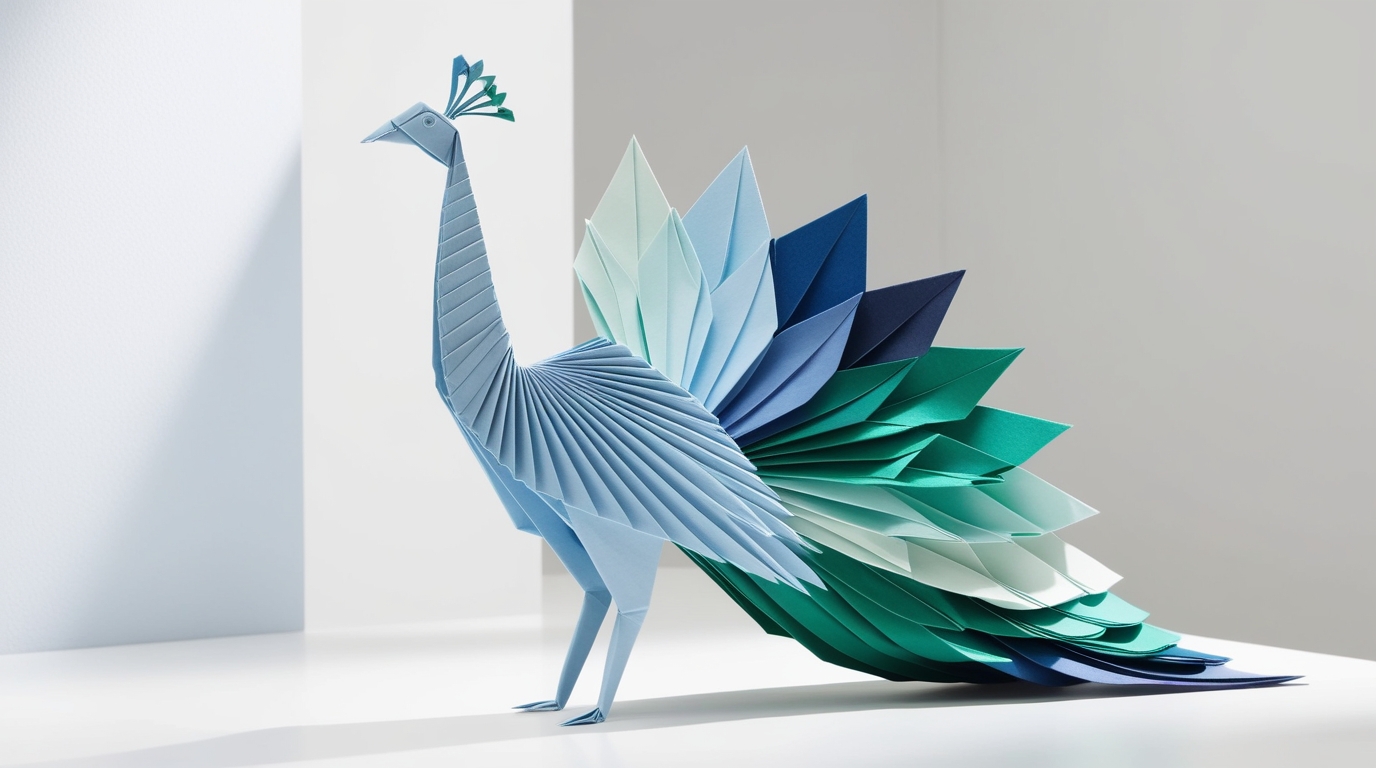
6. The Final Touch: Presentation and Preservation
Once the masterpiece is complete, presentation becomes key. Lighting, framing, and angle all influence how the final piece is perceived. Some origami artists mount their creations in shadow boxes or glass displays, while others prefer open-air presentation to highlight dimensional beauty.
At Tulsi Origami, every signature piece undergoes a finishing process to ensure durability and lasting elegance. We carefully coat select creations with protective layering, preserving the color and shape for years. Finally, each piece is photographed and cataloged — ready to inspire others or become part of someone’s collection.
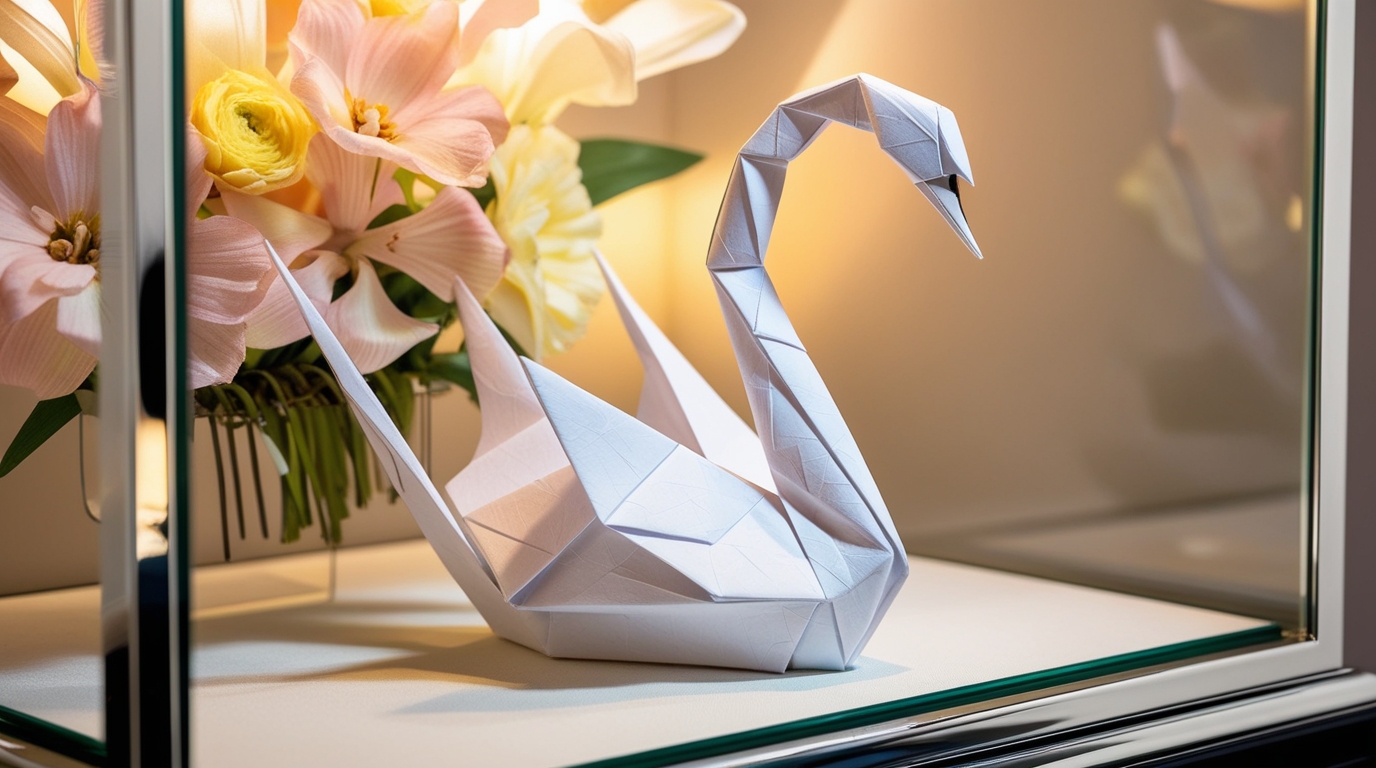
7. The Art Beyond Paper: Sharing Stories Through Creations
Origami is more than folding — it’s storytelling through paper. Each signature piece carries the artist’s emotions, patience, and dedication. From concept to completion, the journey reflects an intimate connection between human hands and artistic imagination.
At Tulsi Origami, we take pride in this journey. Every product, from our Swans and Peacocks to Decor Vases and Accessories, represents countless hours of devotion. Our creations aim to inspire people to slow down, appreciate the details, and celebrate the art of transformation — where paper truly becomes art.
Conclusion
The journey of creating a signature origami piece is a blend of creativity, patience, and craftsmanship. It’s a reminder that beauty can emerge from simplicity — that a single sheet of paper can unfold into a world of possibilities.
When you hold a Tulsi Origami piece, you’re not just holding folded paper — you’re holding a story, a philosophy, and a piece of art that connects tradition with modern elegance.
Paper Stories
LATEST ARTICLES
Behind Every Fold
Unfold meaningful stories, tips, and trends in modern origami culture.
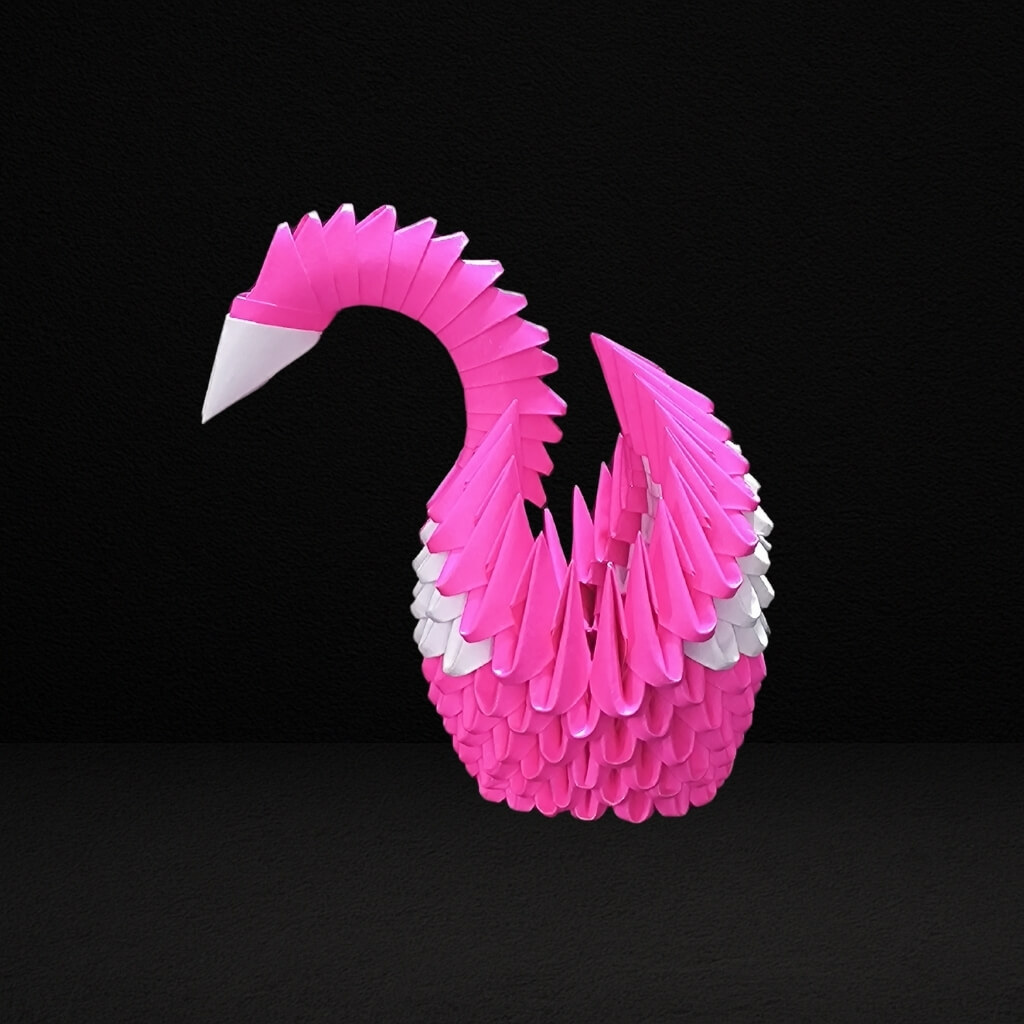
Elegant 3D Origami Swan Sculpture – Pink and White
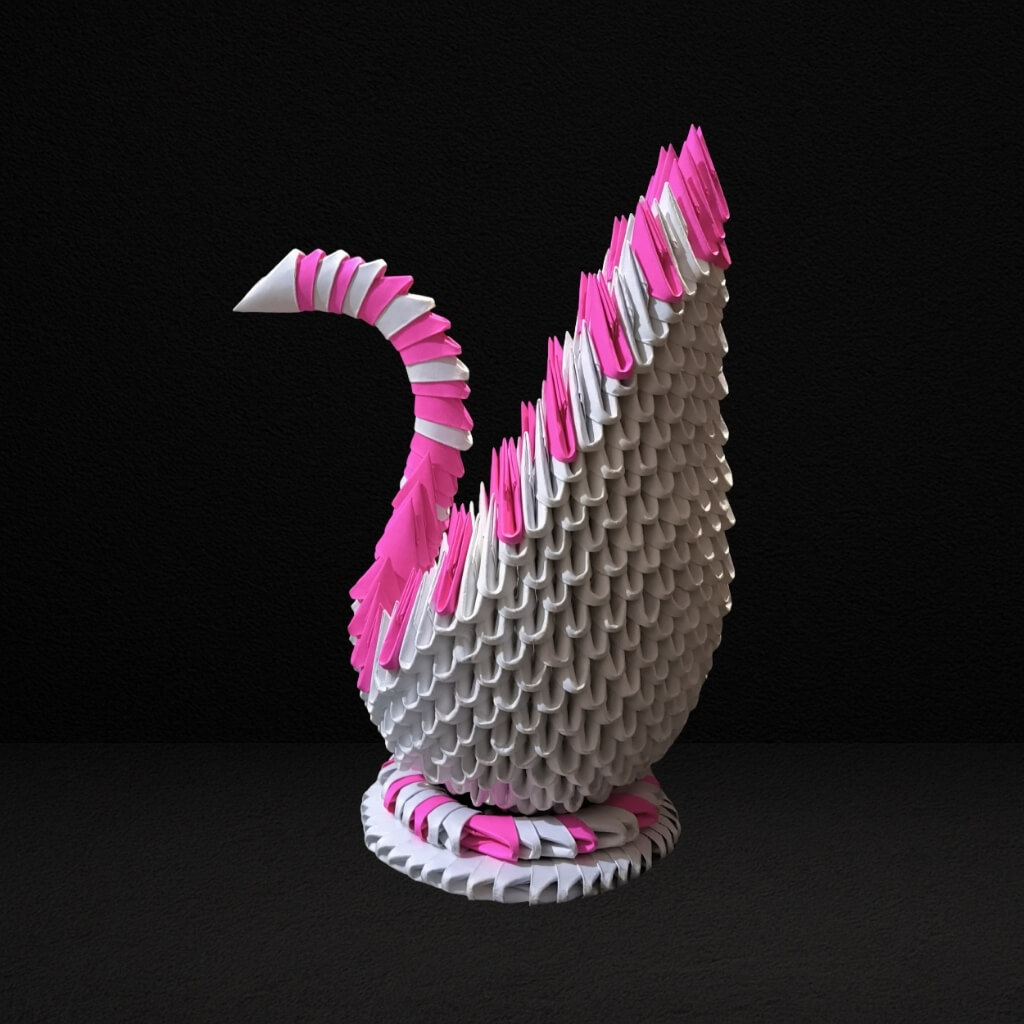
Majestic 3D Origami Swan Sculpture – Pink and White
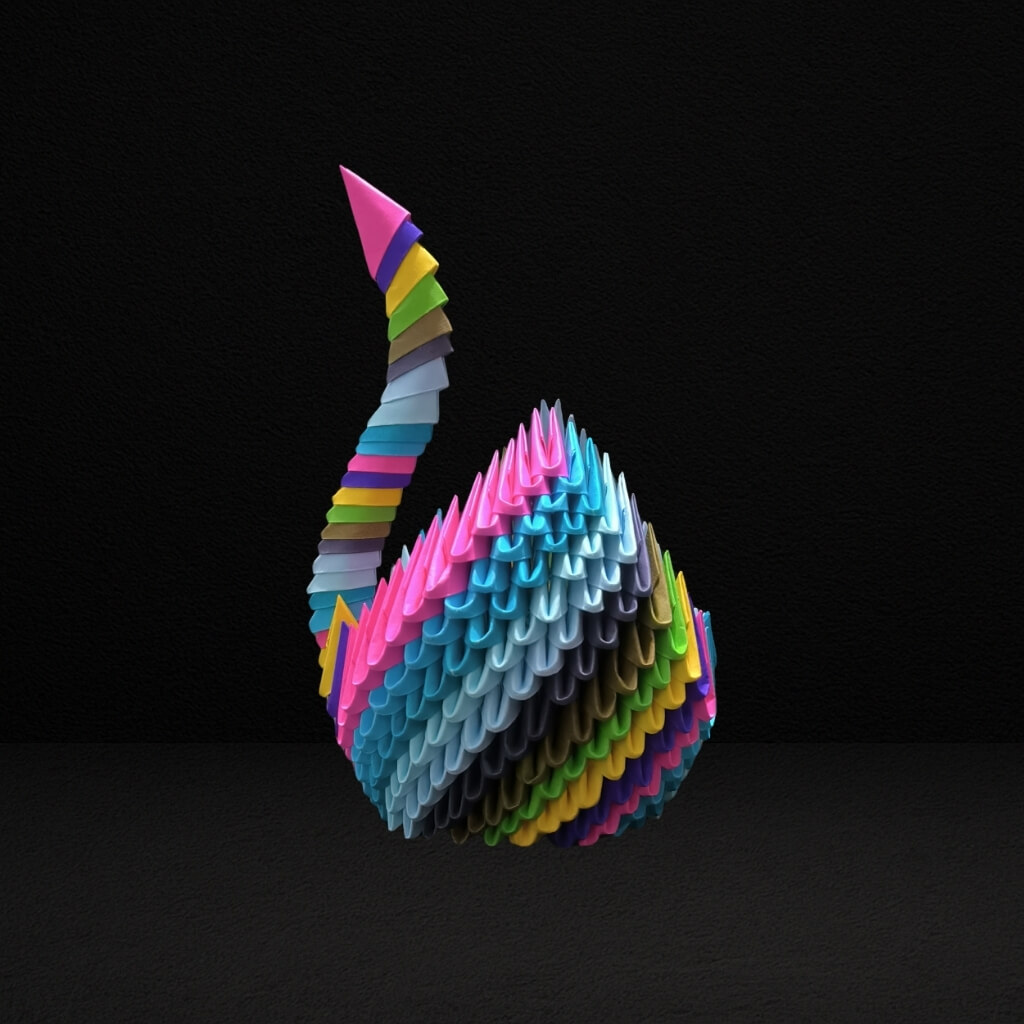
Multicolor 3D Origami Swan – Handcrafted Decorative Paper Sculpture
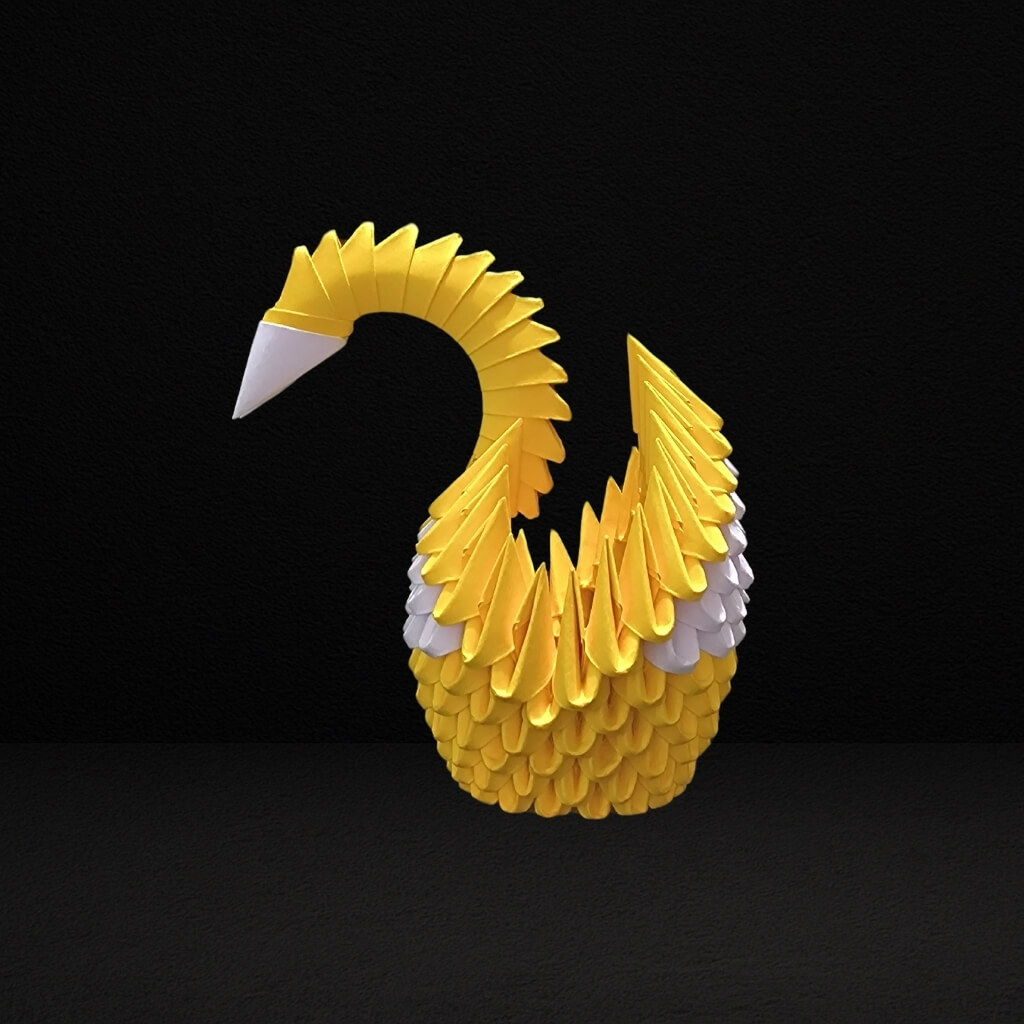


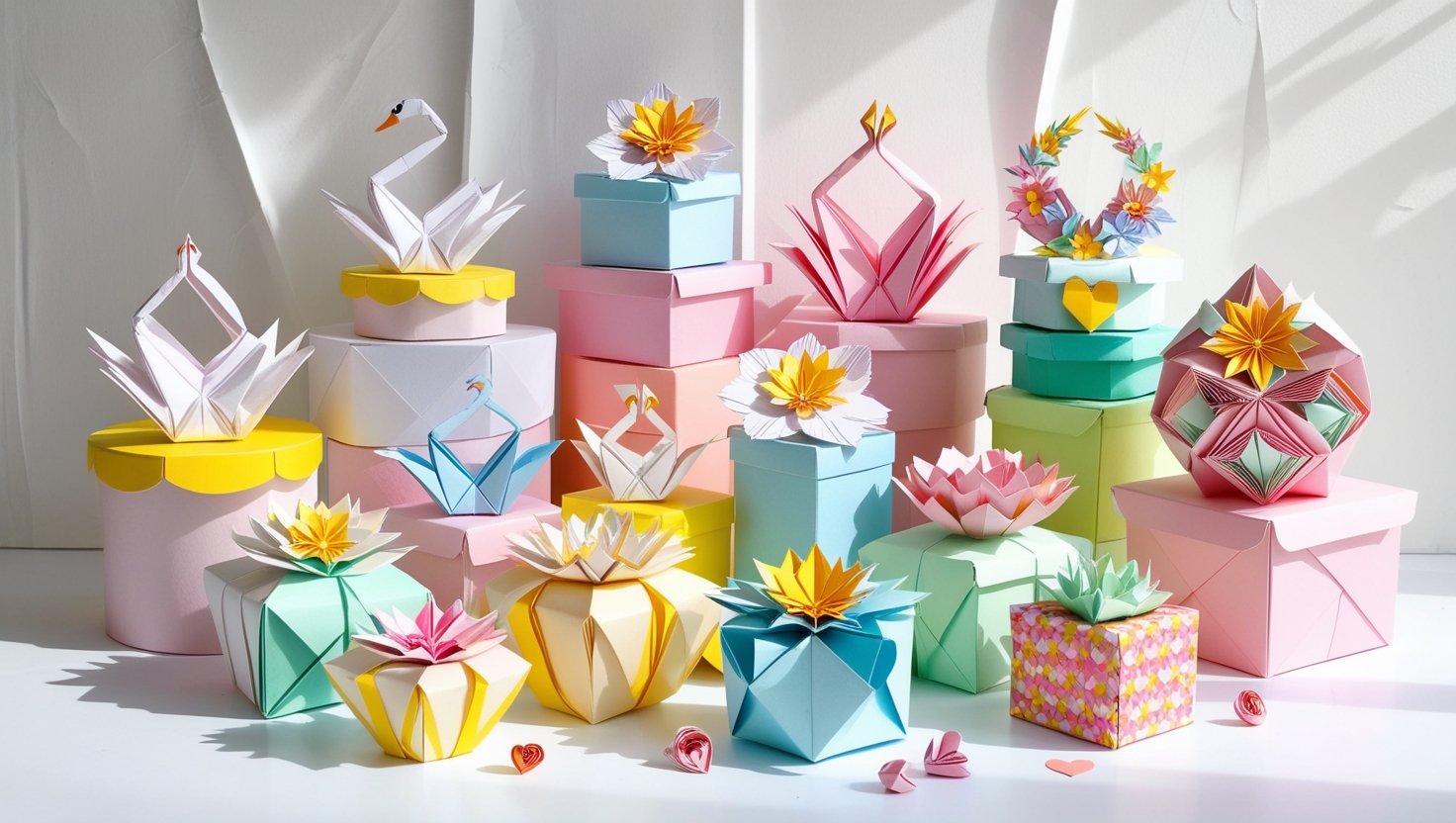
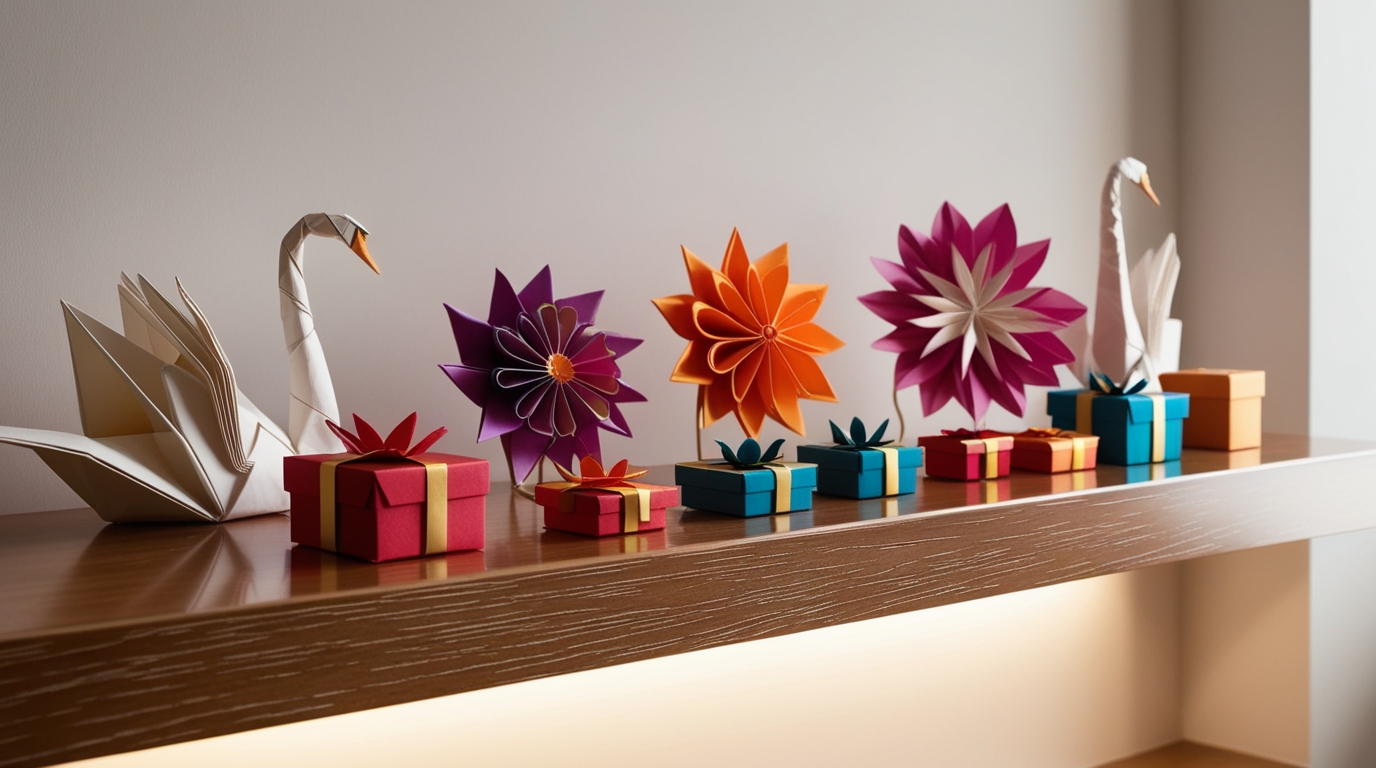
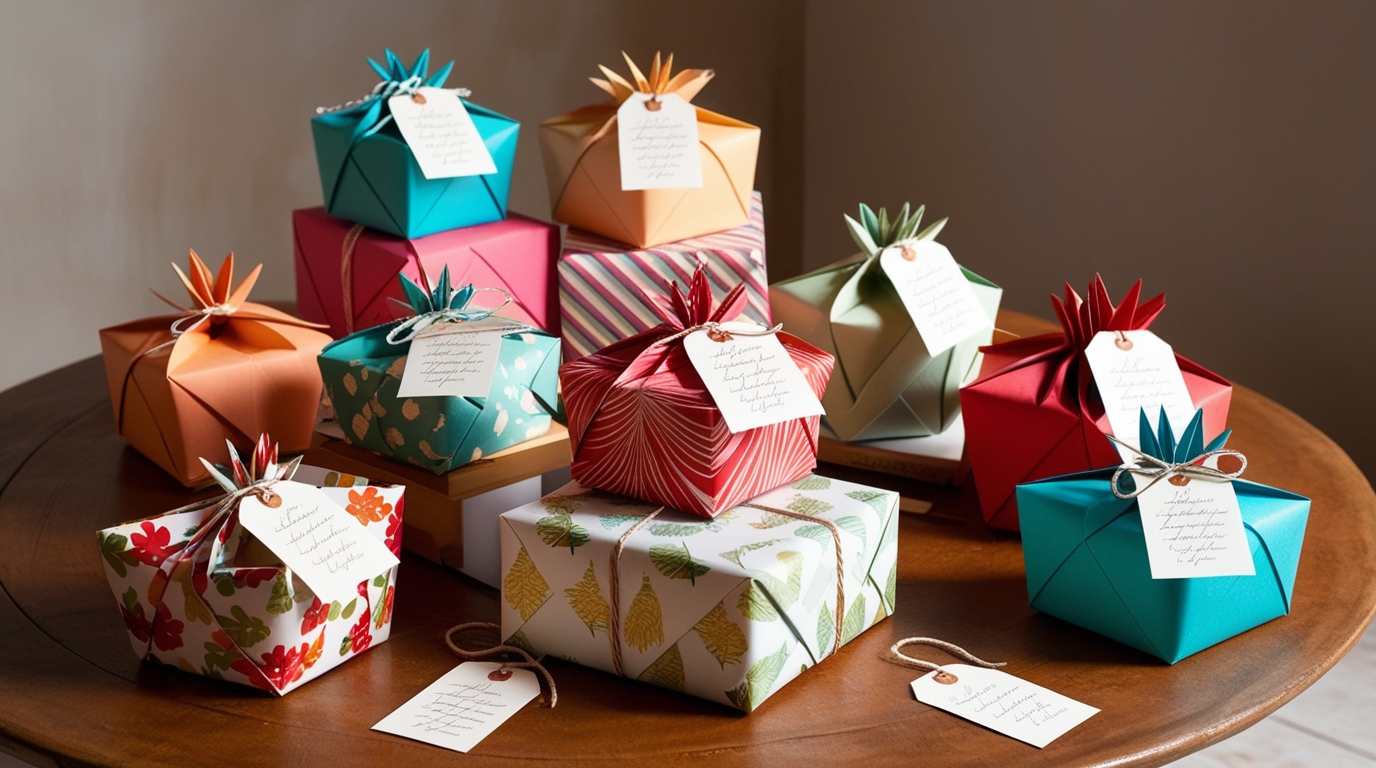
Comments
Post a Comment
You mustto post a comment.
No comments yet. Be the first to comment!